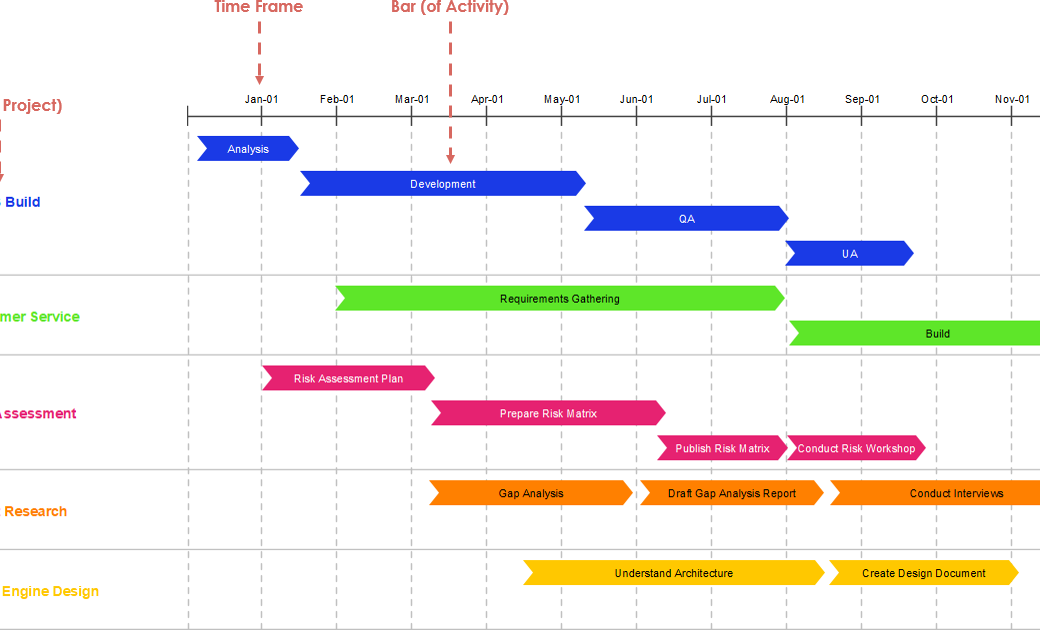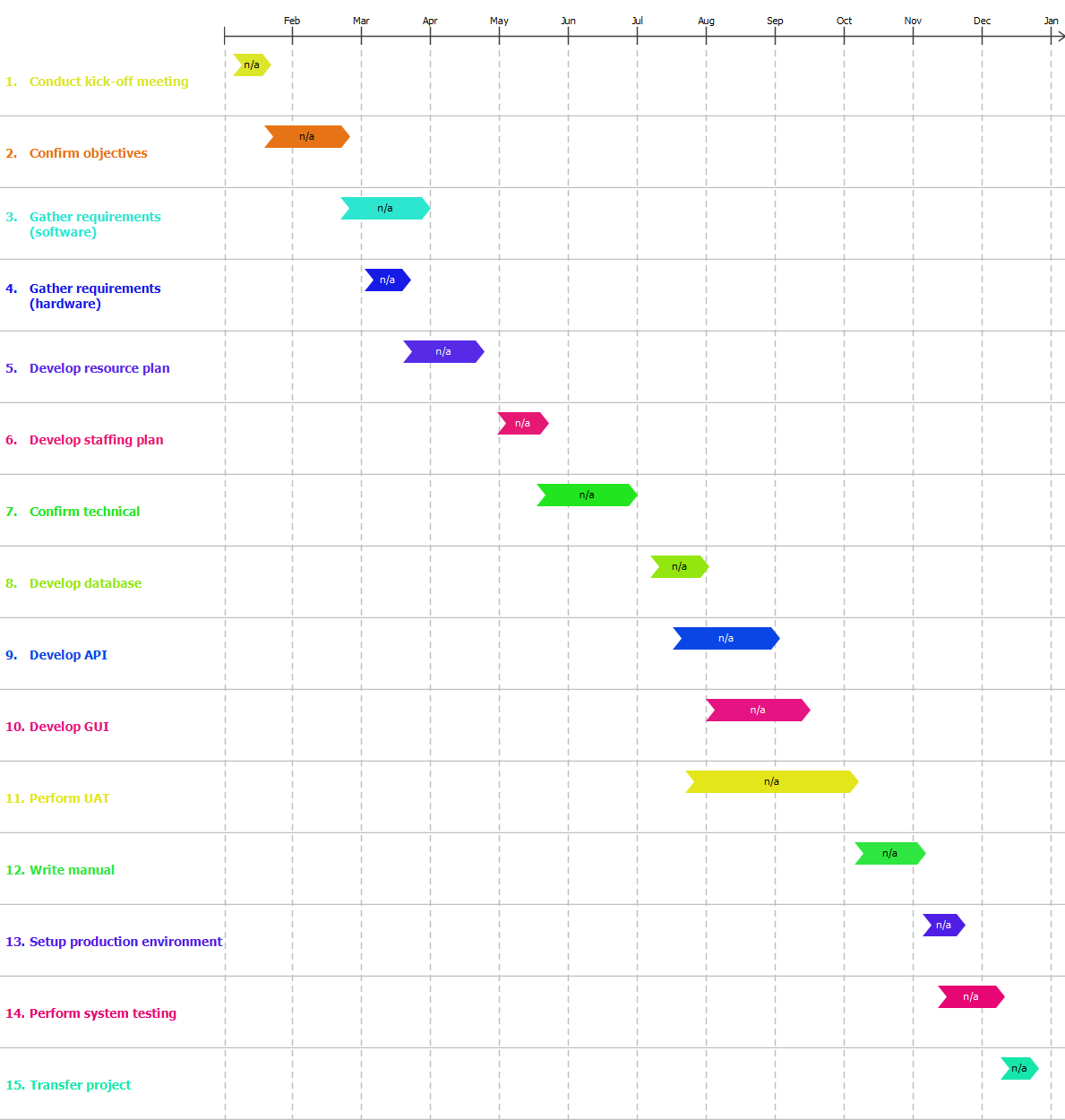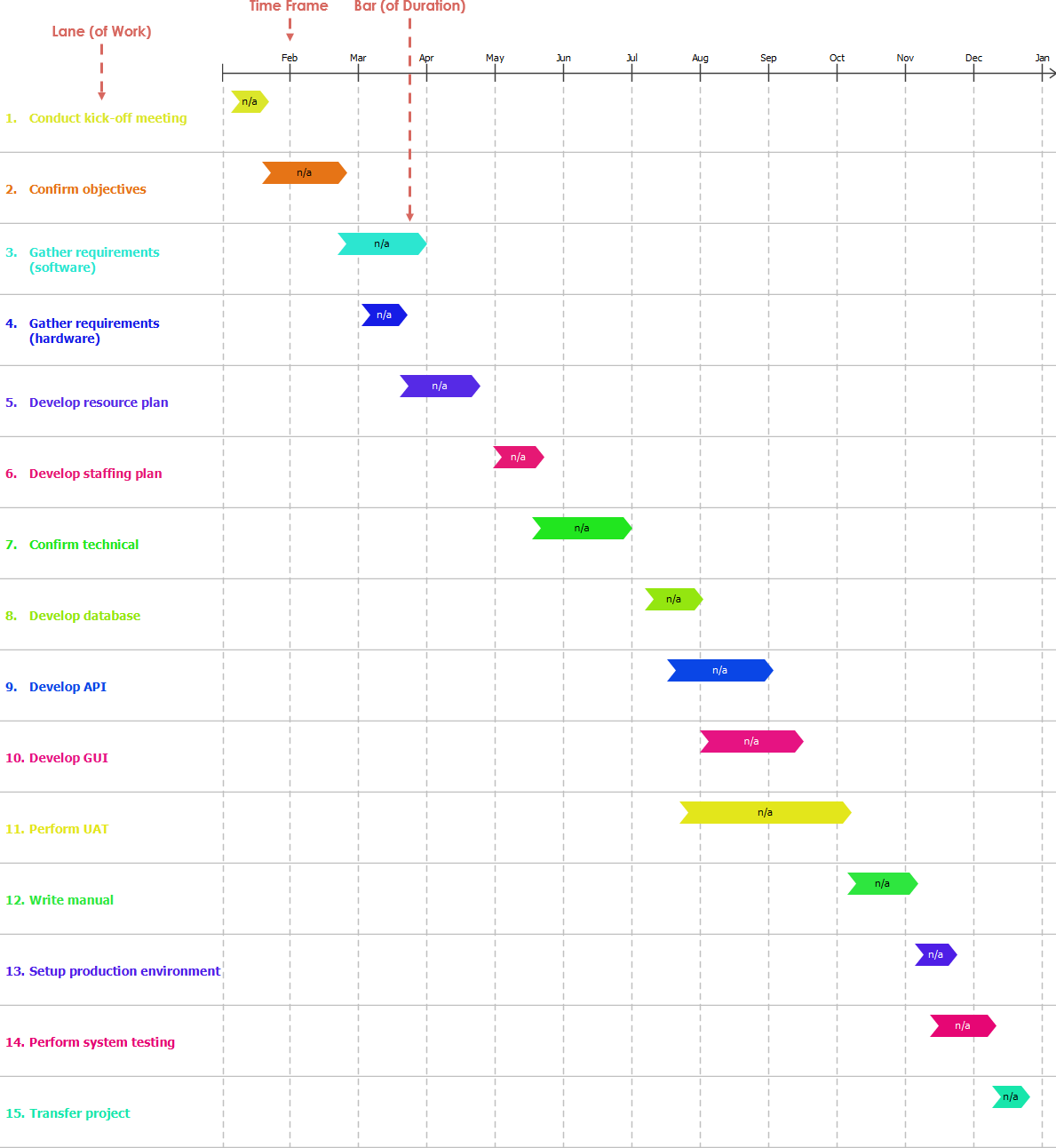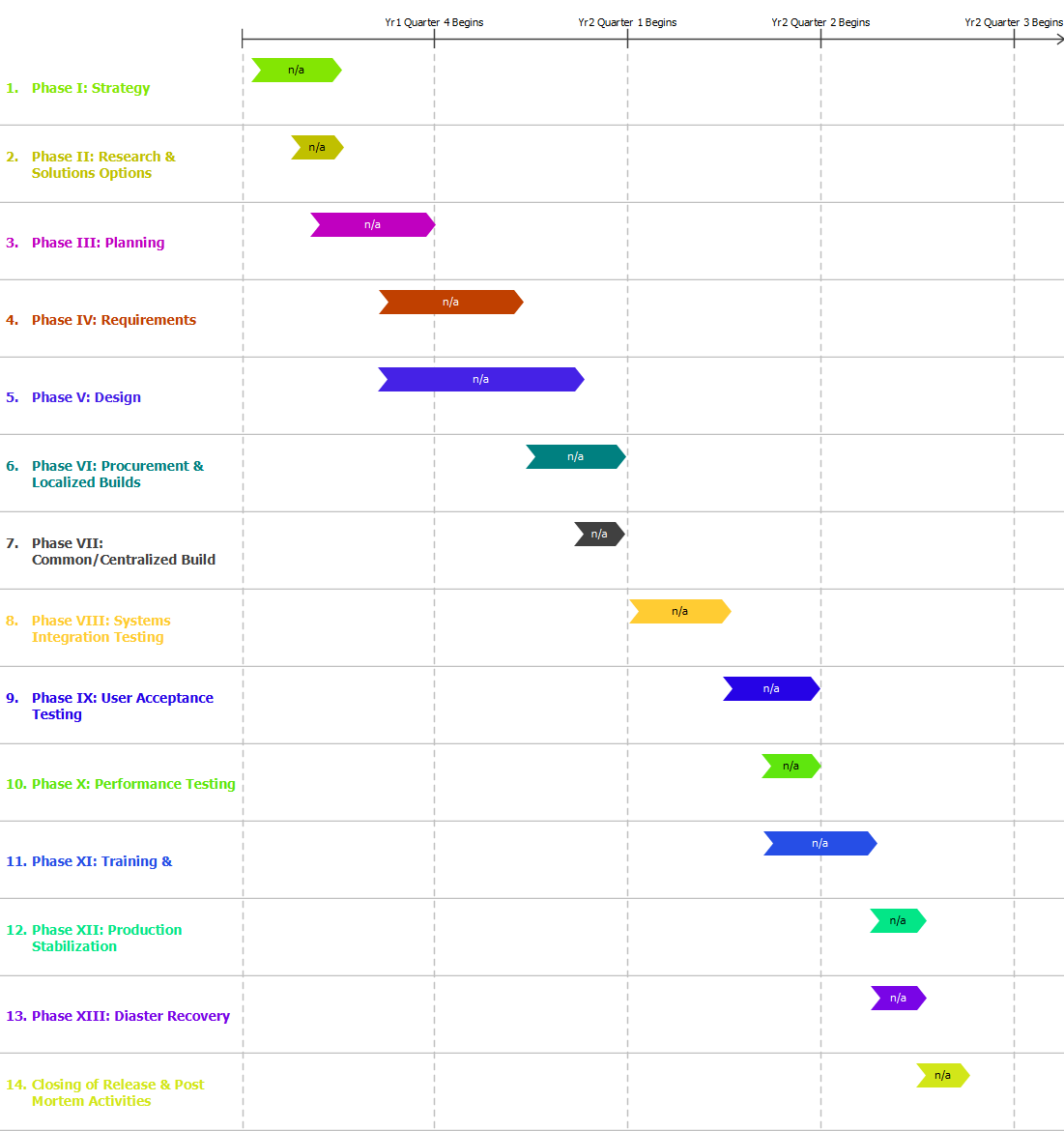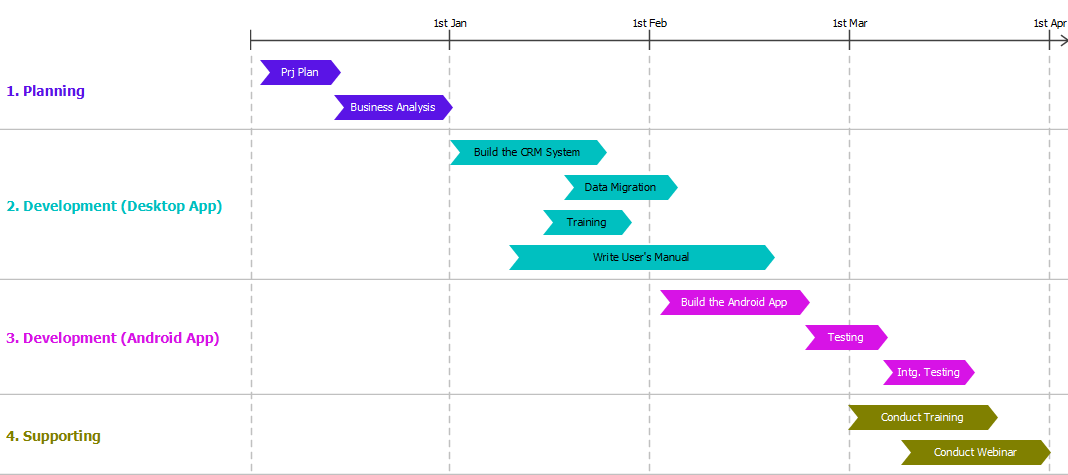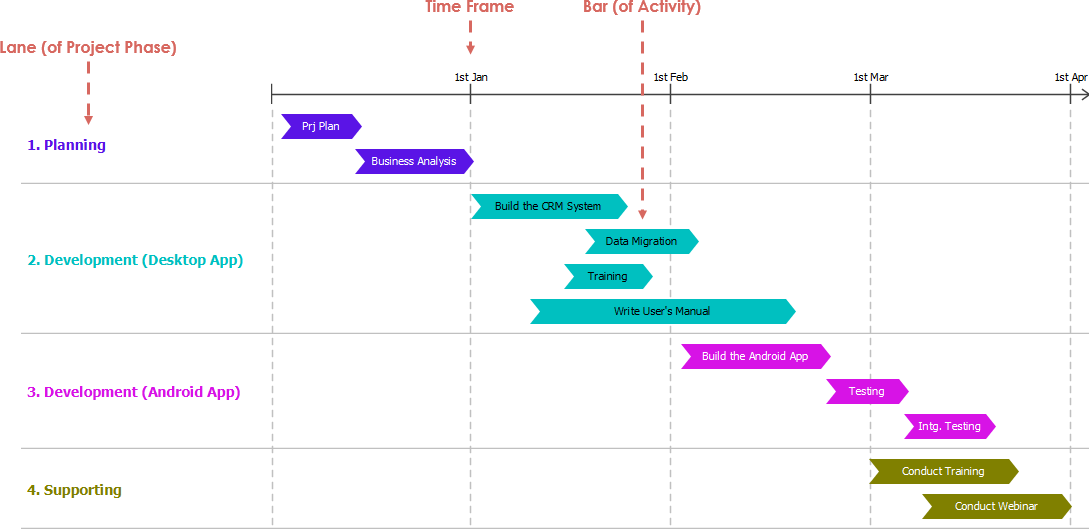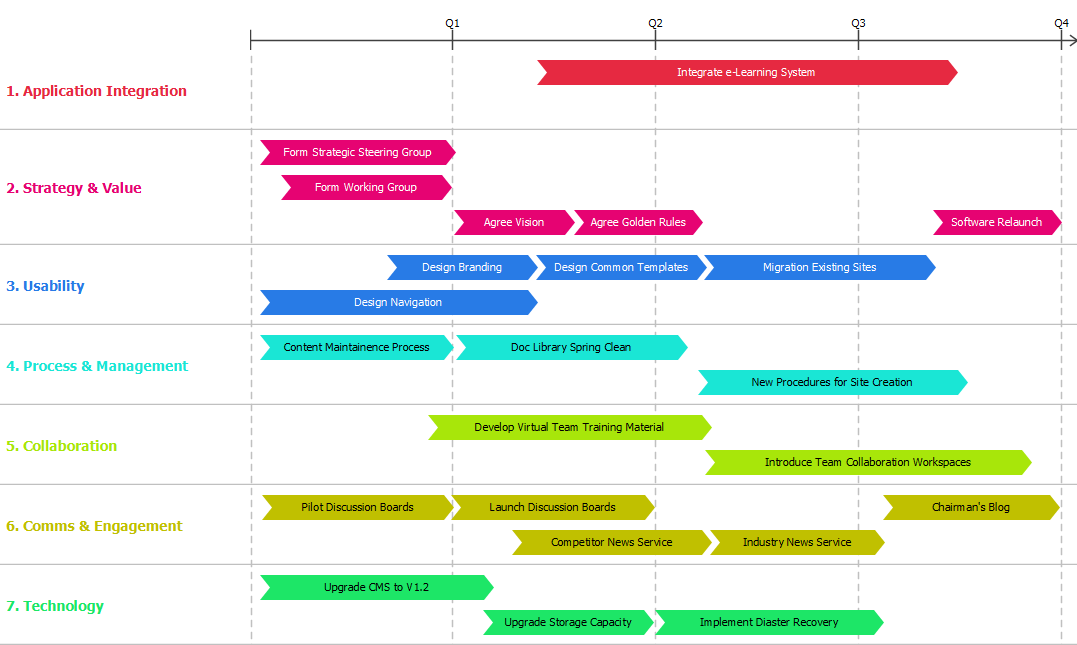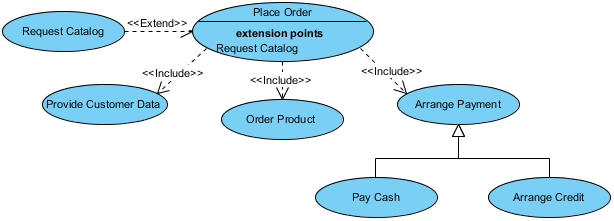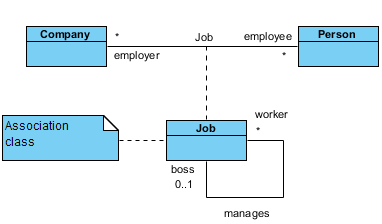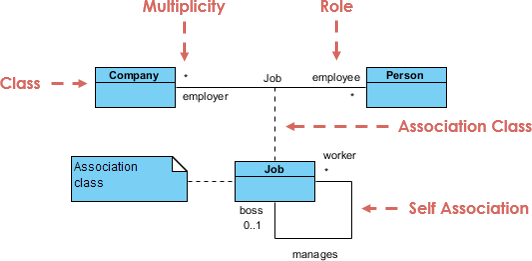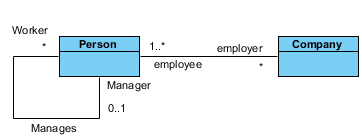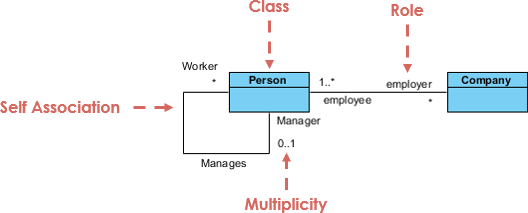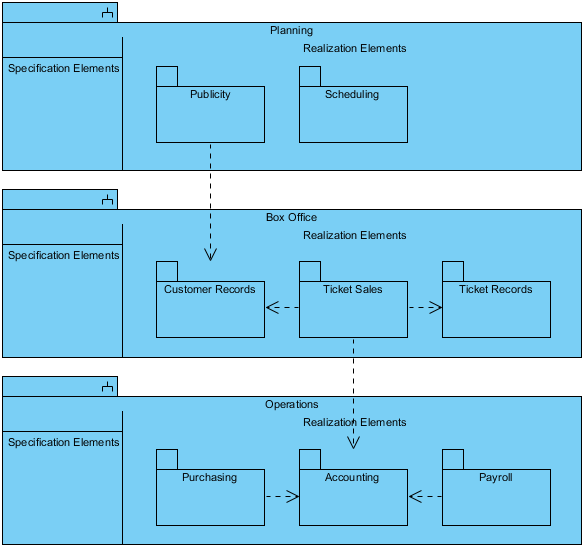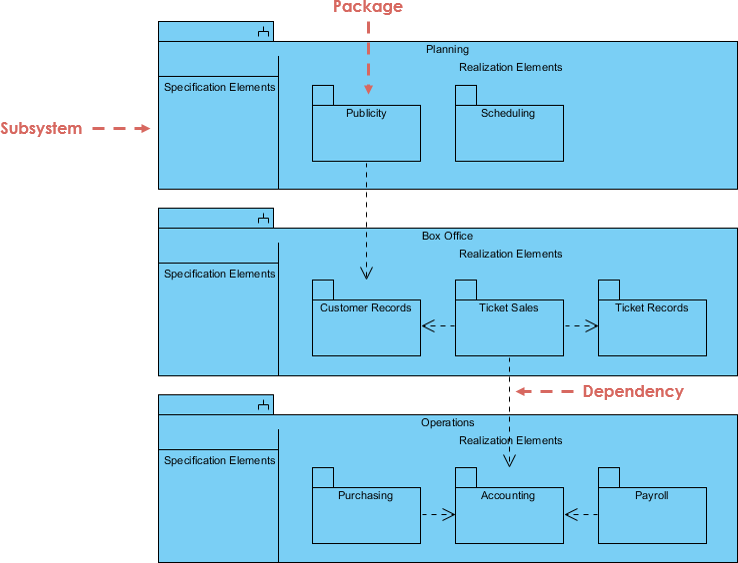This is an implementation plan example for project portfolio management. Project Portfolio Management (PPM) is the centralized management of the processes, methods, and technologies used by project managers and project management offices (PMOs) to analyse and collectively manage current or proposed projects based on numerous key characteristics. Top level timeline visualizes multiple projects of an organization is consolidated in a holistic view.
Import into your Project
Open diagram in Visual Paradigm [?]Copy the URL below, paste it in the Open Project windows of Visual Paradigm and press Enter to open it |
Posted by:
